Bill Nickel was trained as a Supply Officer at Muhlenberg College and Harvard Supply School and commissioned as an Ensign SC USNR on May 31, 1944 with orders to report to:
"Commander Destroyers, Pacific Fleet for active duty as Supply and Disbursing Officer of such destroyer as may be assigned."

Willard B. Nickel
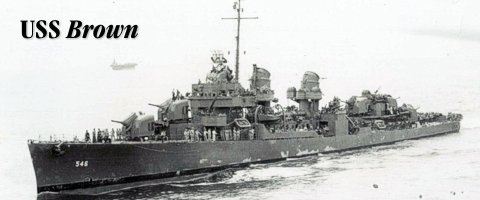 At Pearl Harbor he was
assigned
to the USS Brown
operating with the Fifth Fleet. He
reported on 8/9/44 and took over a staff of about 40 men.
At Pearl Harbor he was
assigned
to the USS Brown
operating with the Fifth Fleet. He
reported on 8/9/44 and took over a staff of about 40 men.The Brown was in the fast carrier group, part of the screen for Fifth Fleet on missions. seeking the enemy fleet.
While the Brown was on assignment as a radar picket station, one of the crew members had a serious appendicitis attack which had to be taken care of immediately.
The usual place for emergency surgery of this sort was the officer's wardroom table -- and in addition to being assisted by the Pharmacist's Mates, the Supply Officer is expected to be present. The Brown was under attack during the operation and the lights tended to flicker during gunfire. Bill drew the job of holding a battle lantern so the doctor could see what he was doing.
On a mission in October, 1944, the Brown came under attack by Torpedo Bombers. It was late afternoon, about dusk, when Bill was out on deck and saw a bomber drop its torpedo right at his ship. He followed the wake of the bubbles and thought, "this is it." But the torpedo was set too deep, went riight underneath the ship he was on and picked off the nearby cruiser Boston instead.
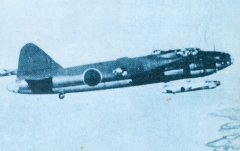
The Brown provided support for landings in the Philippines and the first major attacks on Taiwan.
In December, they were caught in a large storm at sea as they were about to re-fuel. They were ordered to pump out their ballast in anticipation of the oil that would be coming, but the Brown's Captain chose to keep the ballast until the fuel supply ships actually arrived. Three destroyers whose Captain did not make that choice rolled over in the storm and were lost.
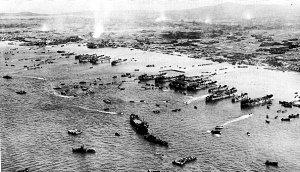
The Brown saw heavy
action at Okinawa -- shore bombardment for the landing and
then on Radar Picket Ship duty,
stationed away from the island to pick up any in-coming
enemy aircraft.
It was a hazardous role. Twenty-one destroyers were originally assigned Radar Picket Ship duty. When Okinawa was secured, two of the original group were active and one was the Brown.
It was a hazardous role. Twenty-one destroyers were originally assigned Radar Picket Ship duty. When Okinawa was secured, two of the original group were active and one was the Brown.
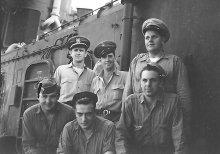
The operation was successful. The Brown sailed to Buckner Bay in the southern part of Okinawa so the patient could be transferred to a hospital ship, then returned to radar picket duty.
The next night a kamikaze hit the hospital ship and the Brown crew member was killed.
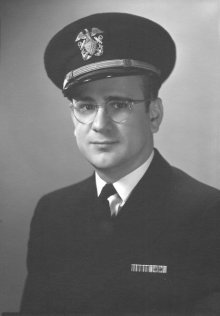
The Brown finished in a
minesweeping operation and eventually made it to the
mainland of Japan.
The crew of the USS Brown was part of the Magic Carpet, a program to return personnel to the States as quickly as possible. He was discharged from active duty in San Diego and returned "home" to Rochester, NY where his father had been transferred within General Motors during the war.
- Bill Nickel
The crew of the USS Brown was part of the Magic Carpet, a program to return personnel to the States as quickly as possible. He was discharged from active duty in San Diego and returned "home" to Rochester, NY where his father had been transferred within General Motors during the war.
The activites of the Brown were a group or crew operation. No one person, officer or enlisted, was responsible for the operations. As such there were no individual citations, but the Ship and therefore the Crew was awarded the Navy Commendation Medal.